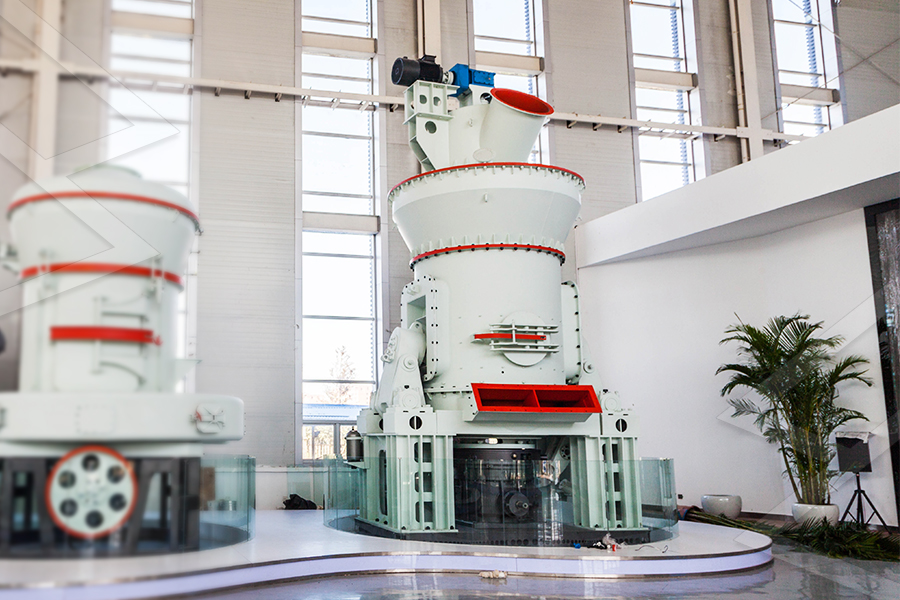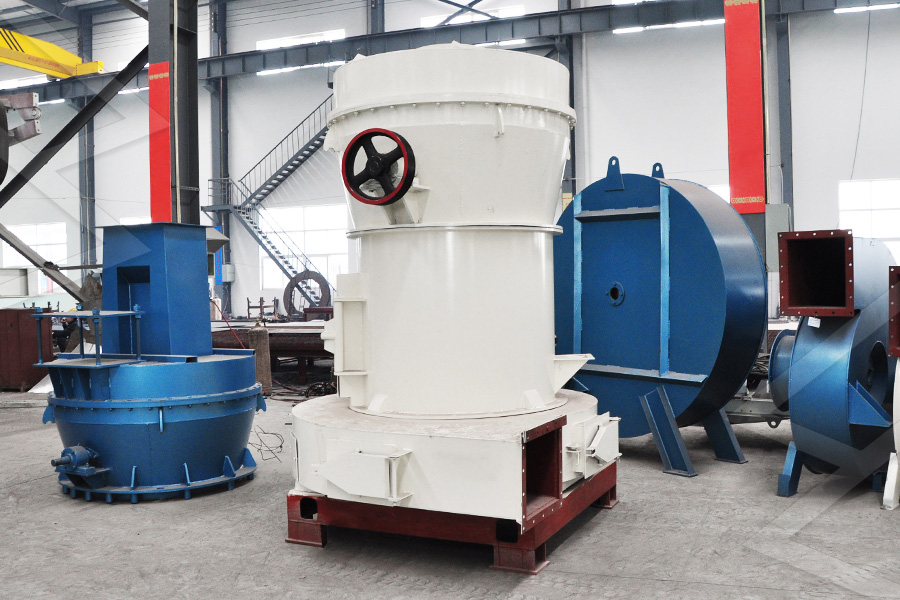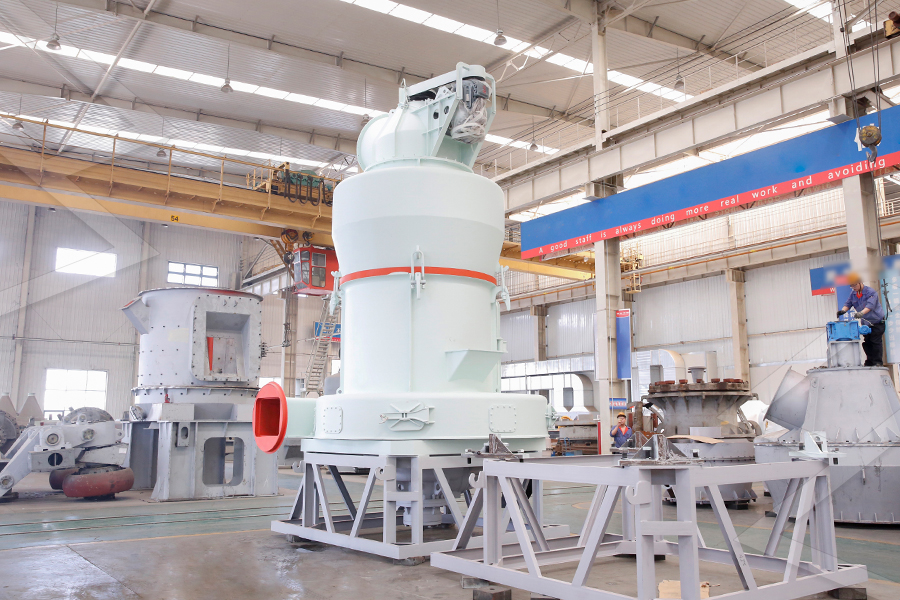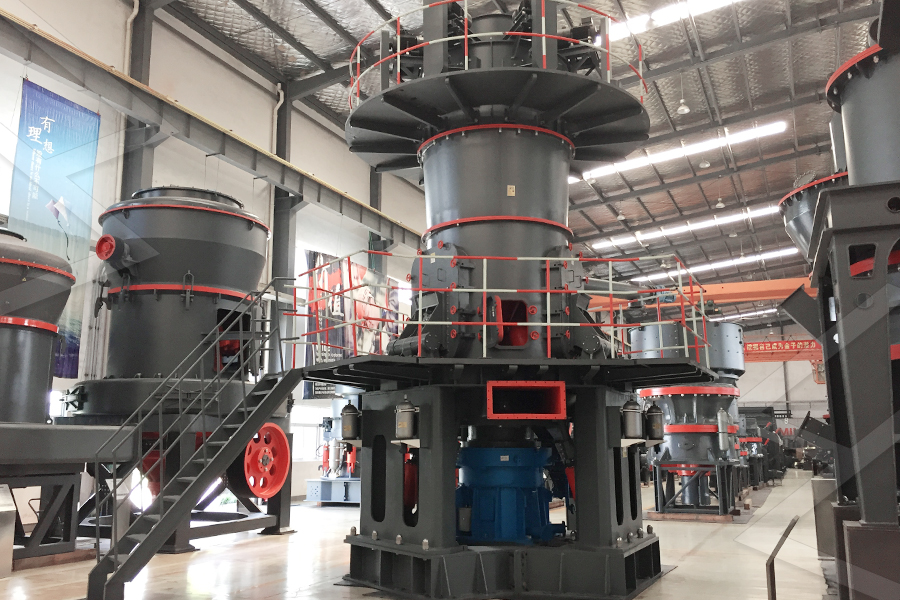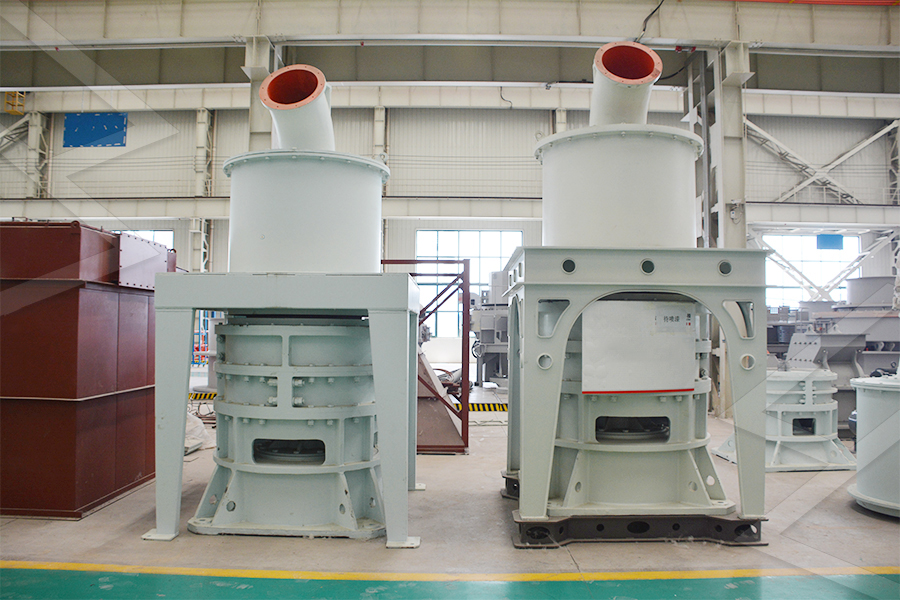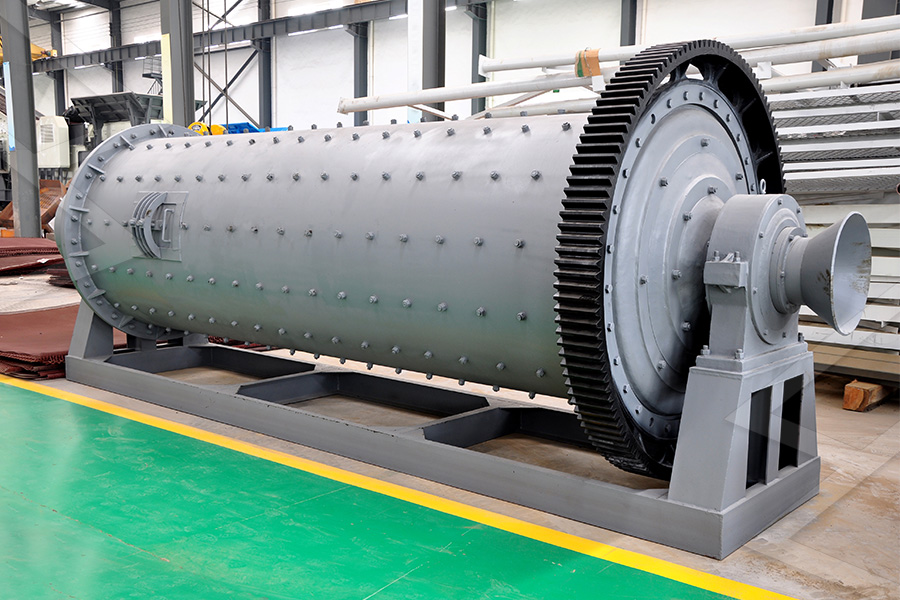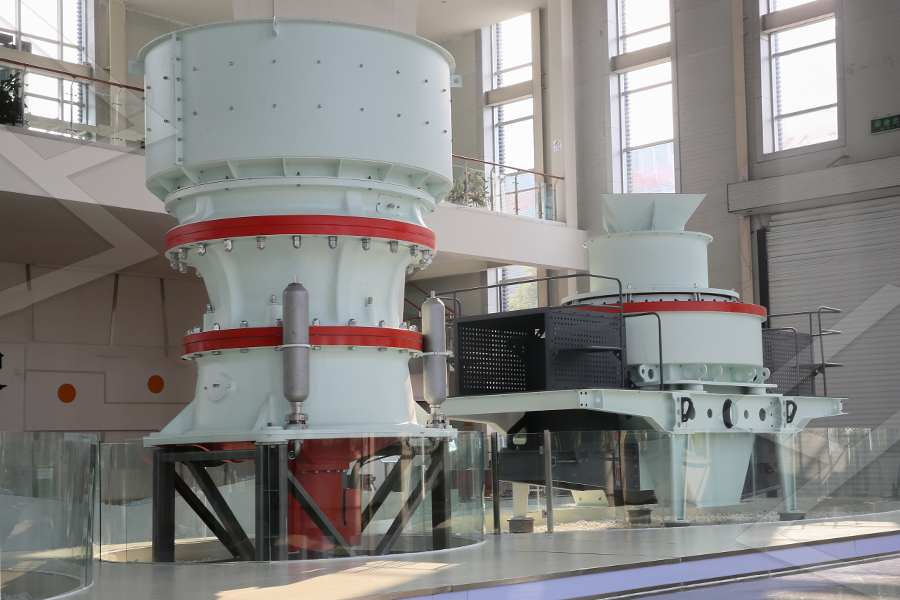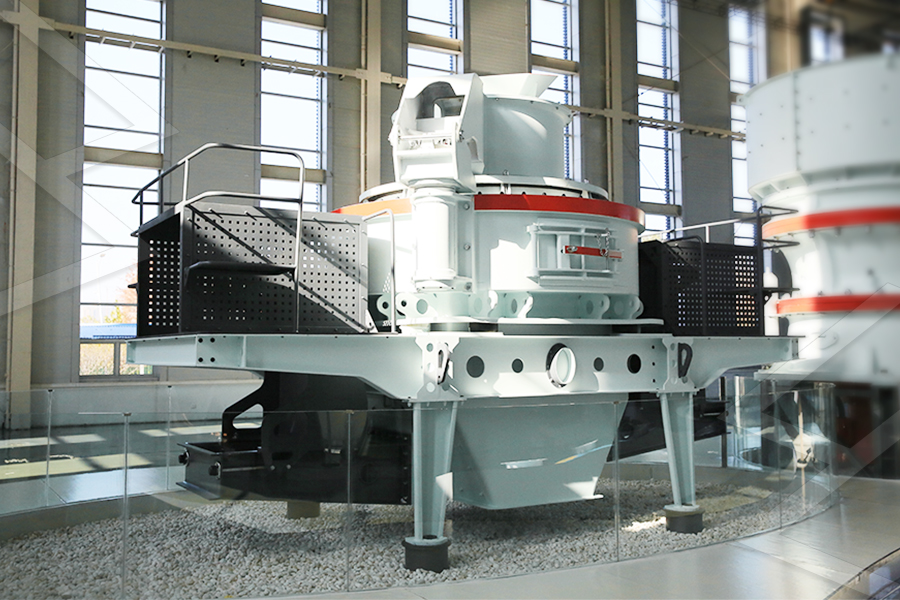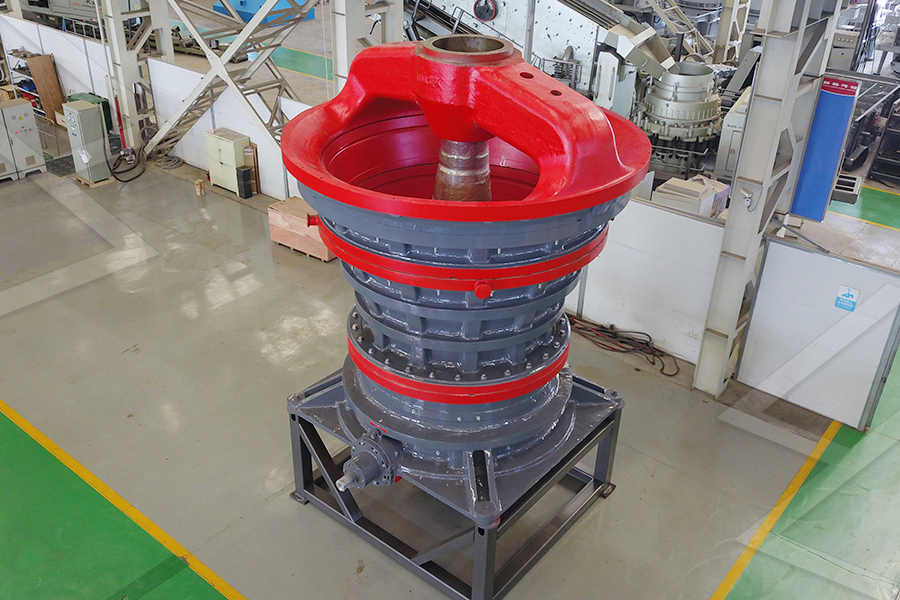Economically, the project delivers significant value: (1) Cost savings: The client’s plastic production costs are reduced by 12% (due to lower resin usage); (2) Supply stability: On-site production eliminates delivery delays, ensuring the plastic plant operates at full capacity; (3) Local economy: The project creates 25 jobs (operators, maintenance, logistics) and supports local talc mines.
Challenges and Optimization
One initial challenge was talc sticking to the Raymond mill’s grinding ring (due to its softness), reducing efficiency. The solution was coating the grinding ring with a Teflon-like material, reducing sticking and increasing grinding efficiency by 10%. Another challenge was seasonal variations in raw talc whiteness (lower in winter due to increased impurities). To address this, the project implemented a pre-screening step to separate low-whiteness talc (used for non-white plastics) from high-whiteness talc (used for white plastics), ensuring consistent quality for the client.
This talc grinding project demonstrates how non-metallic mineral processing can enhance the performance and affordability of plastic products, supporting key industries like automotive and consumer goods while maintaining environmental compliance.
